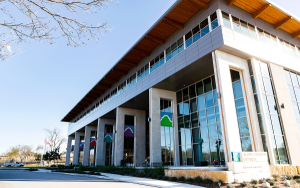In recent years, the rise of artificial intelligence (AI) has captured the attention of both the scientific community and the general public. This technology has the potential to revolutionize various aspects of our daily lives, from healthcare to transportation, and everything in between. However, as we continue to develop and rely on AI, it is crucial to understand the differences between artificial and human intelligence.
Artificial intelligence refers to the simulation of human intelligence processes by machines, particularly computer systems. These systems are designed to perform tasks that typically require human intelligence, such as visual perception, speech recognition, decision-making, and language translation. AI technology has made significant advancements in recent years, thanks to improvements in machine learning algorithms, big data processing capabilities, and computing power.
On the other hand, human intelligence is the unique ability of humans to learn, adapt, solve problems, and make decisions based on their experiences and reasoning abilities. Unlike AI, human intelligence is influenced by emotions, intuition, and creativity, which play a crucial role in problem-solving and decision-making processes.
While AI has shown remarkable progress in performing specific tasks with high accuracy and efficiency, it still falls short of replicating the complexity and versatility of human intelligence. For instance, AI systems excel at tasks that involve vast amounts of data processing, such as image recognition and language translation. However, they struggle with tasks that require common sense reasoning, emotional intelligence, or social interaction, which are natural abilities for humans.
Understanding the differences between artificial and human intelligence is essential for the responsible development and deployment of AI technology. By recognizing the strengths and limitations of both forms of intelligence, we can leverage AI to enhance human capabilities rather than replace them. For example, AI can be used to automate routine tasks, analyze vast amounts of data, and augment human decision-making processes in various fields.
In conclusion, artificial intelligence and human intelligence are two distinct forms of intelligence that complement each other in different ways. While AI technology continues to advance rapidly, it is crucial to acknowledge the unique abilities of human intelligence and the importance of integrating them with AI systems. By fostering a deeper understanding of these differences, we can harness the full potential of AI while remaining mindful of the ethical, social, and economic implications of its use.


